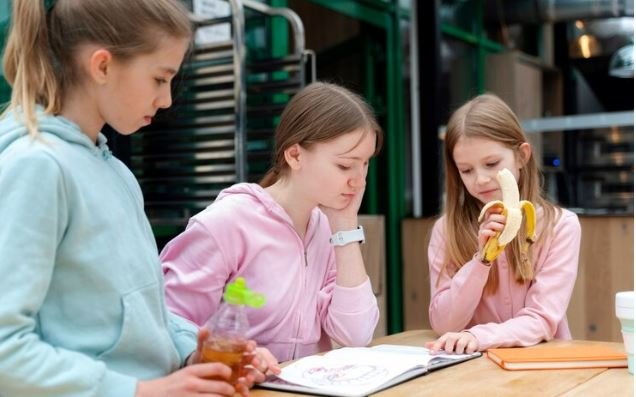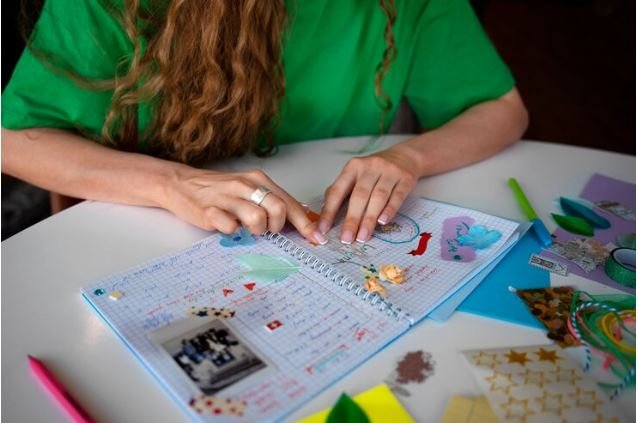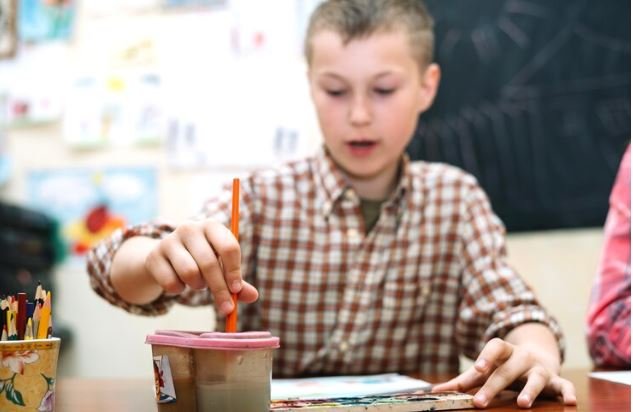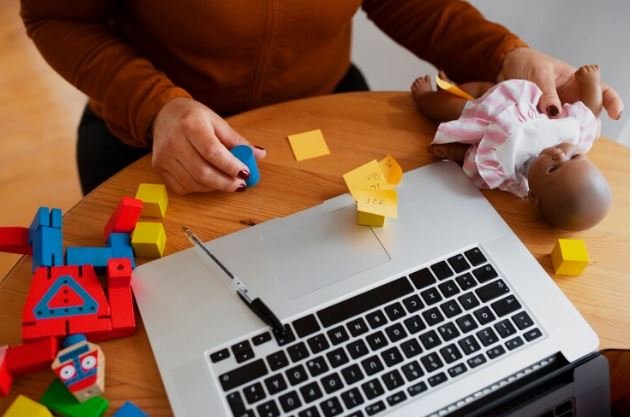Middle school SEL is vital to a child’s ability to process emotions and feel comfortable around others learning important skills that will lead them on the World Peace Path.
If you are a middle school student or soon to become one, it might sound great in anticipation of these SEL activities. This article aims to provide you with some of the best middle school SEL activities that make it easier for you to comprehend.
Social and Emotional Learning (SEL) is an approach to teaching that integrates core concepts for life success into the classroom.
What is Social and Emotional Learning (SEL)?
But first, we need to know what SEL is. Social and Emotional Learning is a process through which the students acquire skills that help to identify expressively, effectively manage emotions, be socially compatible towards other individuals, and well positive goal setting.
Social-emotional learning is not only about knowing facts or skills but also about how you relate with others. and then how you live a life of integrity that can positively impact both your well-being and the community.
Why is Middle School an Important Transition Point for SEL?
Big Changes Middle school is a time of huge changes. This could mean meeting new friends, having more difficult coursework, and beginning to think about your future. And while all this is exciting, it can be kind of terrifying as well.
SEL activities help you manage these changes by teaching behaviors such as stress management, making friends, and being positive when things get hard.
When you complete SEL activities that teach real-life skills won´t feel like a chore, because they are fun. If you become involved in these activities now when the roller coasters of middle school and life hit trust me they will, with a little bit more experience on your side.

SEL Activities You Can Try
In these two articles, we will first cover what SEL is and its importance of the second article goes into specific activities you can do. These activities are meant to promote your social and emotional intelligence with engaging, interactive instruction.
Mindful Breathing
Practicing mindful breathing is a simple exercise that helps you to relax and center. To attempt this search for a quiet place to sit. First, breathe in through your nose and close your eyes.
Now hold your breath for a few moments and breathe out through the mouth slowly. When you inhale, focus your mind entirely on that; when you exhale, completely relax. It can help relax and freshen you up for the rest of your day.
Role-Playing Scenarios
Role Play is a great way to simulate some of the ways things can go in real life. Some might try role-playing exercises, where you act out a scene such as making friends or resolving conflict. The more you run through his randomly approaching scenarios the better equipped you will be to respond when it does go down.
Gratitude Journaling
When you focus on the positive, there is so much gratitude in your life and an excellent way to remember that is always to write it out in your journal. One to three items you can be grateful for every day.
They can be as simple as a nice meal or spending time with your family. Thinking about the good things you have in your life will make you happier and more satisfied.
Team-Building Games
Team-building games are hunts and activities that encourage you to work with others. You requisite something in telling but deepen not prefabricated or rattling axenic consciousness, sort a WISHIN!
These may be simple games like building a block tower or they can be more complex such as solving a puzzle together. This will not only hold you accountable but also let others know that they can trust and depend on you, as well allowing them to communicate with you.
Emotion Charades
It is an emotional charades-type game similar to the traditional activity-acting one. A player selects an emotion (such as joy, or sadness), and performs it without saying anything.
The other people will have to work out what emotion it is that she the player performing her solo act reads you one of these Falk and Harris scripts, as slow or fast as directed. This is a game that teaches proper emotions, which falls under the core competencies of SEL.
Conflict Resolution Role Play
Conflicts come, and it helps to learn how to tap into them in a covenantal way. Example: You role-play different scenarios of conflicts, like if you argue with a friend. Get support to work on your assertiveness and be okay with using “I” statements (ie I feel hurt when.
Once you have your red-hot phase and are found to make a point feel free to without names or references pop up. This can make you better at problem-solving without arguments.
Art has Been a Creative Output
An artistic way to vent your feelings out. You can sketch, paint (even a Bob Ross beginner), or make any type of collage that symbolizes how you feel. This is a fun and relaxing way to be creative with your feelings.
Circle Time Discussions
Circle time is when people sit in a circle and share how they are meant to feel. This way everyone can express what they feel in a safe supportive energy. This is a great way to build community and trust among your students.
Empathy Mapping
One potential home UX activity is empathy mapping, which means thinking in the shoes of another person in a specific situation. You may map out their feelings and think about what you can do to help if a friend is distraught that they bombed an exam. It breeds empathy in you, this ability to sense and feel what others are experiencing.
Growth Mindset Activities
A growth mindset is the belief that you can improve your abilities through effort and determination. Some examples of the kinds of activities you could do to help develop a growth mindset include setting yourself small goals and working towards them. Even the smallest progress is worth celebrating and it’s okay to make mistakes.

How to Practice SEL Every Day
SEL practice is not meant to be reserved only for certain activities, but can also become the very fabric of our day-to-day. Ways to practice SEL based on Day-to-Day
- Positive Affirmations — Begin every day with positive affirmations such as “I am enough” or “Whatever comes my way, I can handle it”.
- Active Listening: When someone is talking to you, listen without interrupting. It demonstrates respect and will help you in building more significant connections.
- Step Away to Reflect: Pause several times each day and check in with yourself. We want to understand our feelings and control them.
- Be a Force for Good: Kindness can be as simple and wonderful as holding the door open for someone or complimenting them. And doing good for people can only serve to make you feel great, too.
- Seek Help when You Need It: There is nothing bad in asking for help if you feel that knowledge burden or uncertainty of something. It takes a strong person to reach out, not the other way around.
Conclusion
You will use the lessons and SKILLS you have learned with SEL throughout your life. This will allow you to have deeper relationships, reinforce your abilities to regulate emotion, and ultimately make better decisions with a clear mind.
Whether it is mindful breathing or a team-building game, anything you do will make an evolution over your personality. After all, SEL is supposed to help you get along with yourself and others better.
As a result, try the time to test out these and see if they are effective in terms of working through all that comes with middle school. Whether or not you know it, the skills that are developed in SEL will continue to shape and benefit your life even beyond school make sure your future self is better prepared by (hopefully) having a little more emotional intelligence imparted at the secondary level too.
Just by learning and engaging in SEL exercises, you are well on your way to being a complete individual with great emotional intelligence. Continue to practice, think on the bright side, and relish in this SEL adventure of learning & growth.


